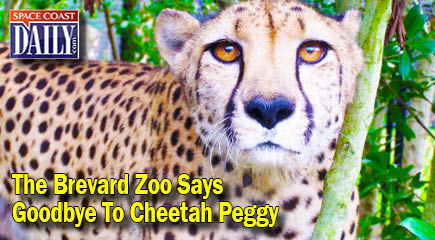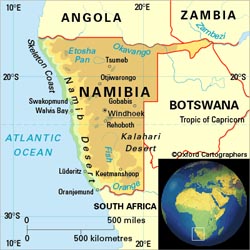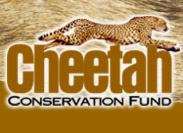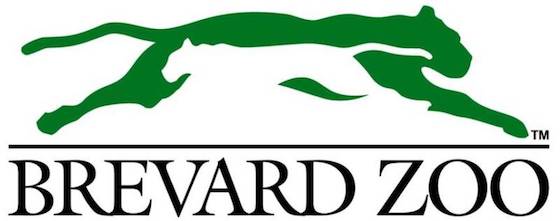Brevard Zoo’s Cheetah ‘Peggy’ Dies At 14
By Space Coast Daily // May 15, 2014
Peggy died following surgery on May 7
BREVARD COUNTY, FLORIDA — Last week, Brevard Zoo said goodbye to Peggy, a 14-year-old female South African cheetah with an inspiring life story.

Peggy passed away following surgery on May 7. She had been lethargic and not eating well for a couple days so veterinary staff conducted an exam.
During the exam, Dr. Trevor Zachariah, Director of Veterinary Programs, noticed a mass in her abdomen so exploratory surgery was performed. This revealed abnormal tissue surrounding the appendix and ovarian cysts.
They removed her appendix along with the abnormal tissue and conducted an ovariohysterectomy, but she did not survive the surgery. The average lifespan of a wild cheetah is 12 years old.
“Peggy’s gentle nature made her a favorite among the keepers,” said Tracy Sorensen, Curator of Animals. “She was easy to work with but never to the point that you could forget her wild nature. She just had a way about her that made you want to embrace everything about cheetahs.”
Peggy’s story began when she was born in the wild in Namibia, Africa in April 2000. She was brought to the Cheetah Conservation Fund for rescue when she was approximately six months old after being caught and injured by a trapper. Surgery was performed to repair her broken leg.

In 2001, the government of Namibia gifted the United States with 10 cheetahs including Peggy to build a more stable breeding population.
Six cheetahs went to the White Oak Conservation Center, a breeding facility in Florida for endangered animals, and four went to Cincinnati. While at White Oak, Peggy had three litters of cubs totaling 10 offspring, greatly contributing to the United States population.
In December 2011, Peggy came to Brevard Zoo, which served as her retirement home, where she spent her days lazily rolling in the grass and relaxing. She resided in the Expedition Africa section of the Zoo where there are two other female cheetahs, Pepper and Zinga. Zookeepers said Peggy was a very easy going cat, but very focused when training.
“Unlike other cheetahs, Peggy would look me right in the eyes while training,” said Sebastian Carcano, an Africa keeper. “She was very intense. She was a great cat and will be missed.”
The Cheetah SSP population consisted of 284 animals at 54 AZA institutions as of March 2013. The target population size is 300 animals. Since 2003 and the opening of Expedition Africa, Brevard Zoo has contributed more than $14,000 to a variety of in-situcheetah conservation projects.
 According to the Cheetah Conservation Fund (CCF) about 10,000 to 12,500 cheetahs are estimated to remain in 24 to 26 African countries and less than 100 animals in Iran.
According to the Cheetah Conservation Fund (CCF) about 10,000 to 12,500 cheetahs are estimated to remain in 24 to 26 African countries and less than 100 animals in Iran.
Habitat loss, fragmentation and degradation, conflict between humans and wildlife and the illegal wildlife trade have all contributed to their decline. With about 3,000 animals, Namibia has the world’s largest number of free ranging cheetah.
Cheetahs were placed on CITES (Convention on International Trade of Endangered Species) as Appendix I, making international trade in live cheetah or cheetah products illegal in 1975. The United States Fish and Wildlife Service (USFWS) designated the cheetah as Vulnerable or Endangered in 1970.













